Search
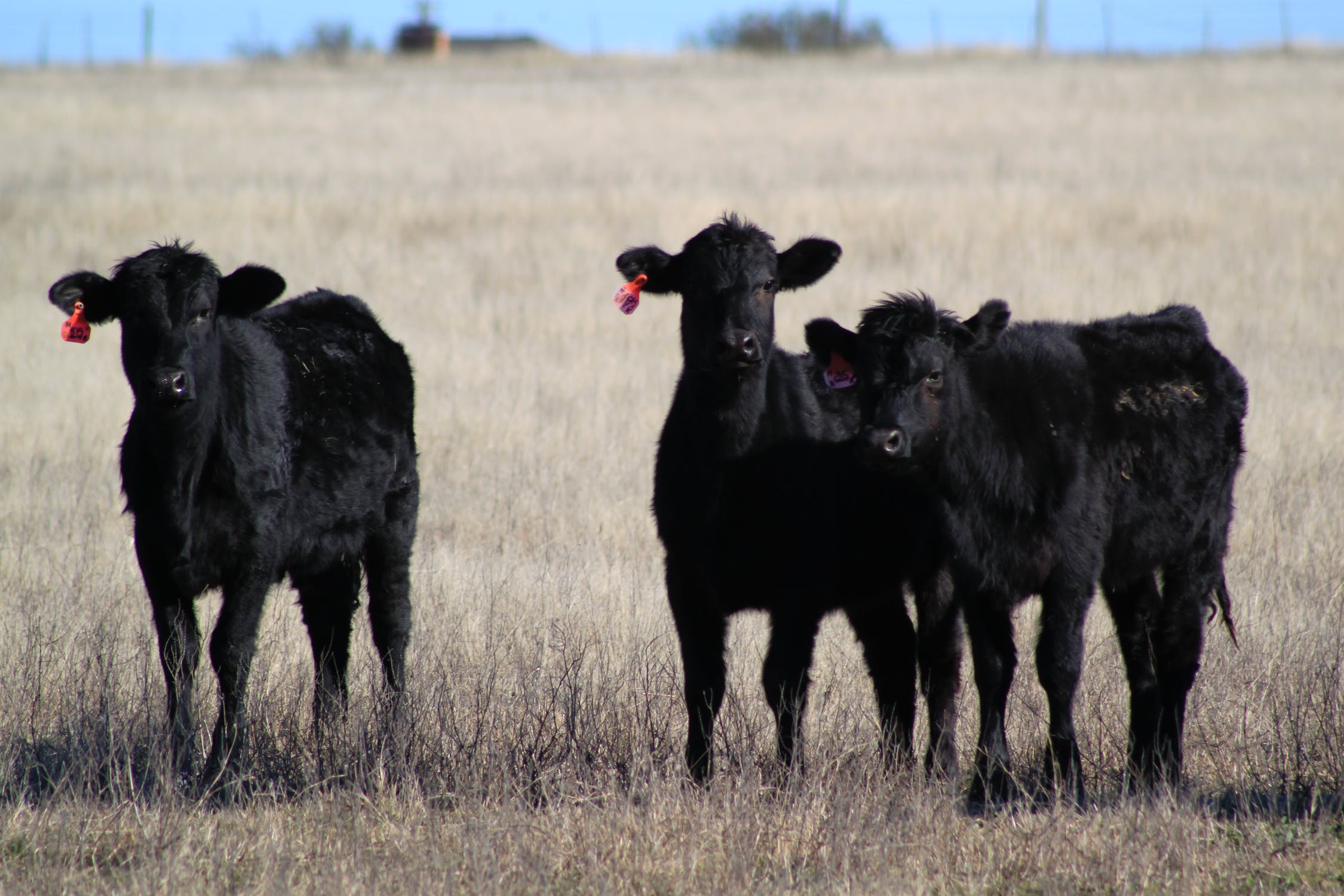
Springtime Vaccines: Tools For Healthy Summer Calves
Vaccines can be a valuable tool for cattle producers looking to help keep their calves healthy on summer pasture.

Ages & Stages in the Garden: Ages 6-8
A garden can be used to teach many concepts to a board range of ages. When working with early elementary youth you will want to consider characteristics of their development when planning lessons and activities.

Noxious Weed Control in Pasture and Range
Noxious weed control in pastures is becoming more of a challenge. Most ground commercial spray businesses are no longer spraying pastures. If they are, there may be restrictions on the time they will spray, what products they will spray, or they may only spray if they also have all of the rest of your spraying business.
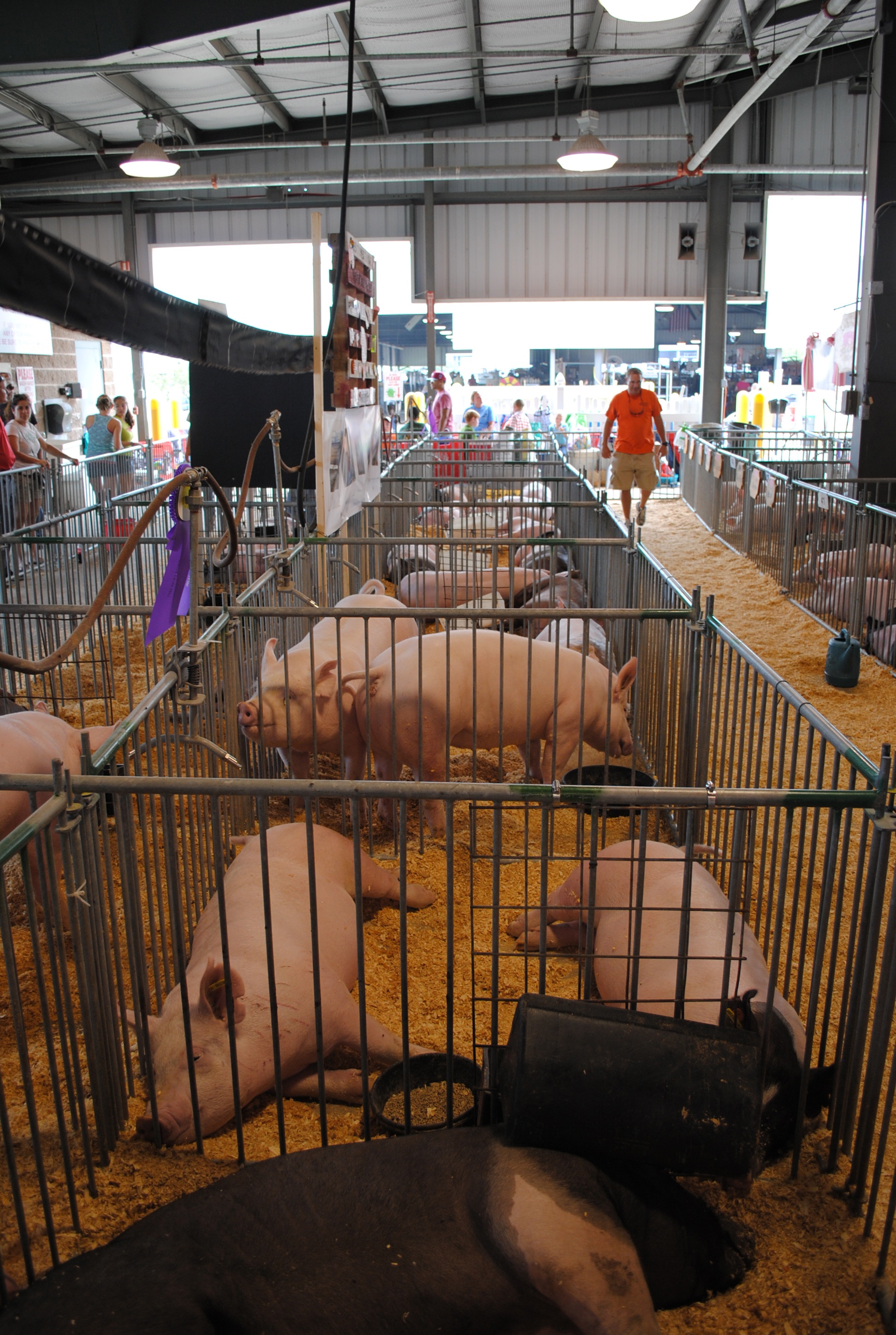
5 Things Hog Producers Should Know: Flu at Swine Exhibitions
Every year, thousands of youth across the country raise pigs and show them off at local exhibitions and county and state fairs. These experiences allow young people to learn about animal care and management, and also allow the public the rare opportunity to observe pig care and behavior.

Pre-weaning Pneumonia in South Dakota Beef Herd: A Persistent Problem, Suddenly Gone
This case report describes a southeastern South Dakota cow-calf herd’s experiences with pre-weaning pneumonia. Unlike many beef herds that experience pneumonia in calves on pasture, this herd’s problems were consistent year after year: widespread calf illness was documented in each of 6 consecutive summers. Anecdotally at least, the occurrence of pre-weaning pneumonia in beef herds is more likely to be sporadic and unpredictable from year to year. This herd’s persistent problems were followed by a year in which, after a change in calf vaccination protocol (informed by herd diagnostics), very little pre-weaning pneumonia was observed.
![A herd of cattle gather around a stock pond on a vast, lush grassland. Courtesy: USDA [CC BY 2.0]](/sites/default/files/2019-05/W-00231-00-cattle-grazing-grassland-pasture-range.jpg)
2017 Weed Control: Pasture and Range
There are 24 million acres of native and tame pasture and range as well as 1.4 million acres of grass hayland in South Dakota.

June 2019 Climate Outlook for South Dakota
As South Dakota emerges from the wettest 12-month period in 124 years of climate recordkeeping (June 2018-May 2019), June has started warmer and drier than average. The outlook, however, turns towards cooler and wetter than average again for the middle of the month.
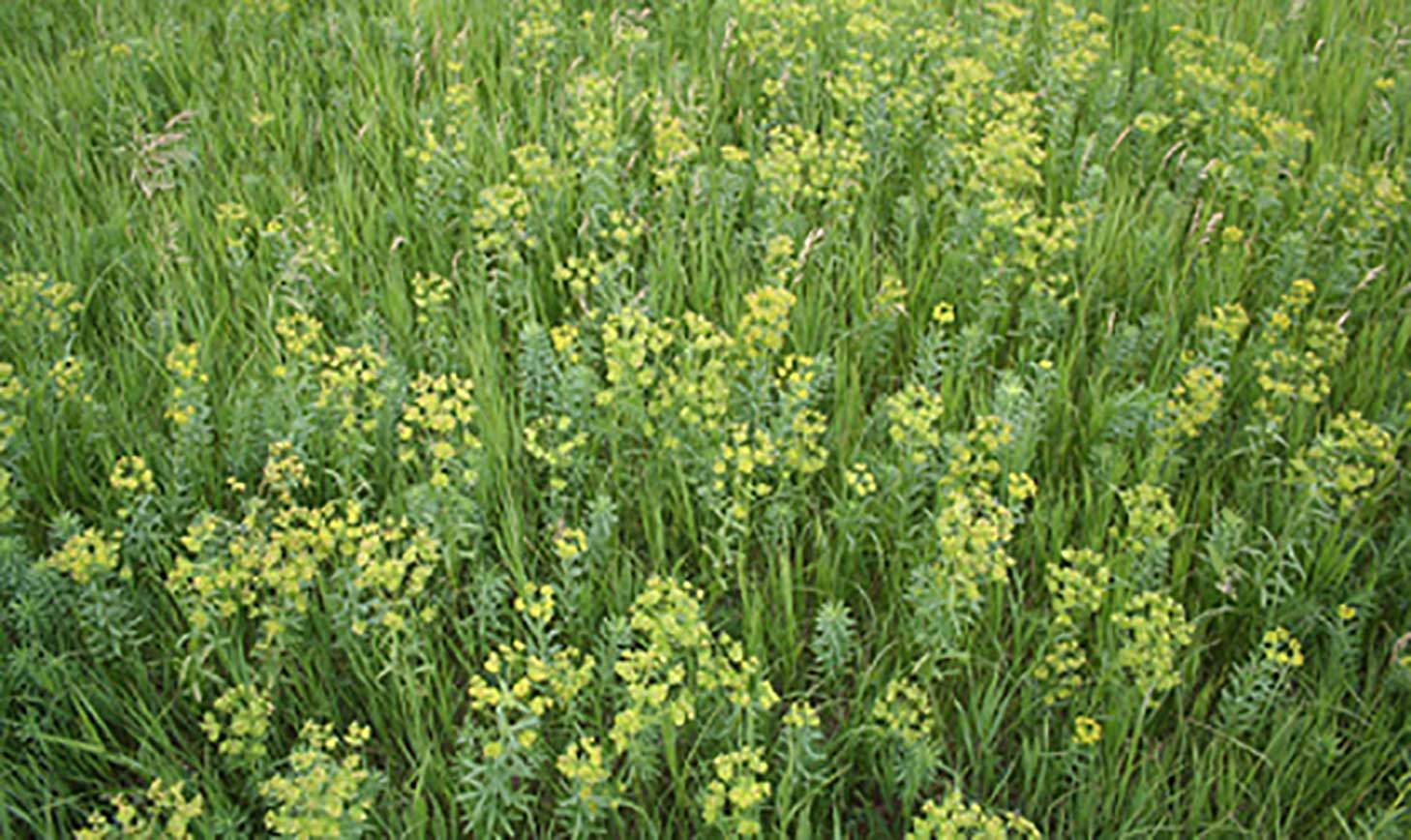
Spot Treatment Options for State Noxious Plants
When controlling grassland weeds, the mindset of row crop weed control may be put into practice too often. In most cases, broadcast control of weeds in grasslands is rarely necessary. Most often, spot treatment can be used more effectively to manage the noxious and invading weeds.
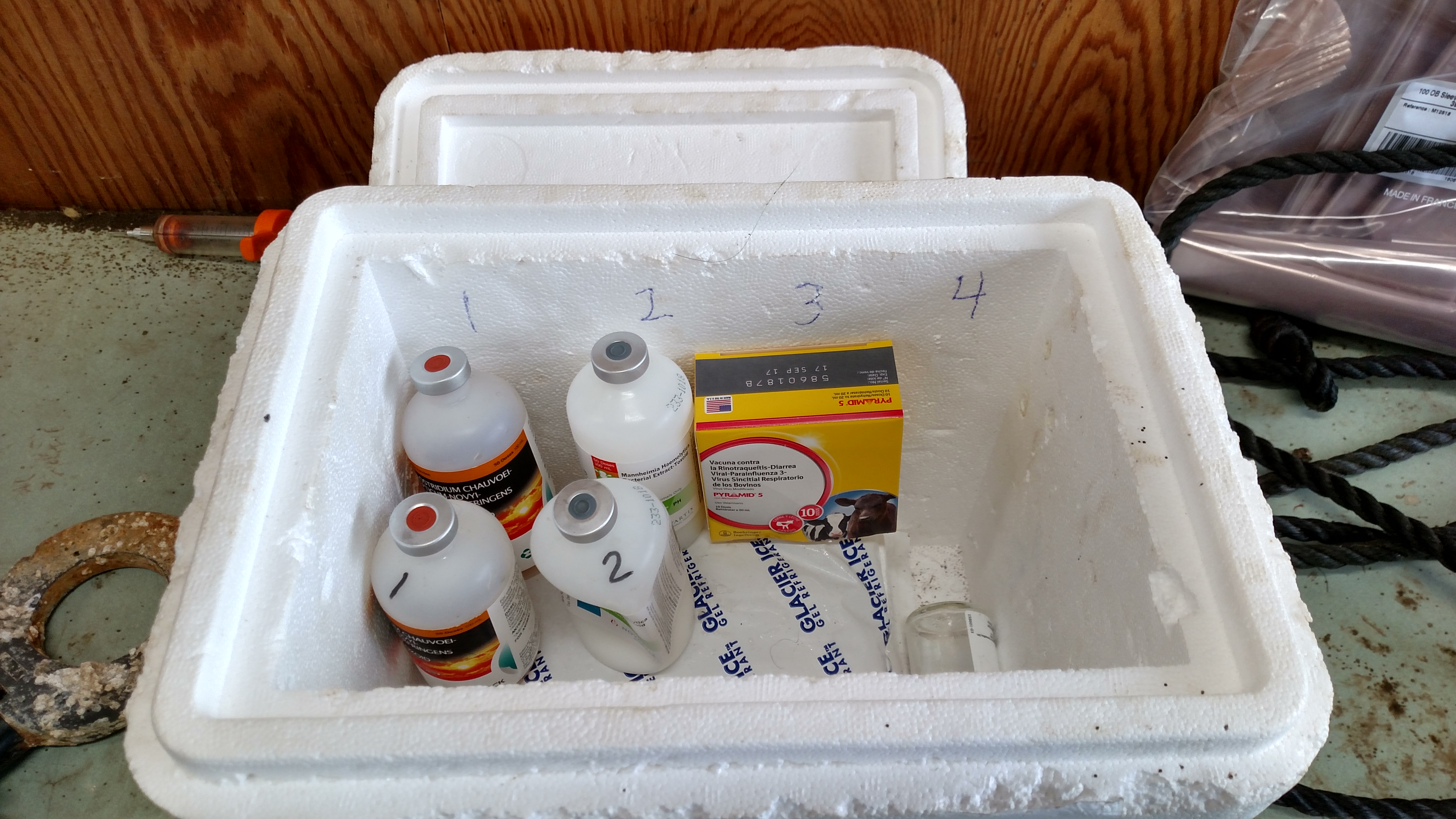
Keeping Your Vaccines Viable
Vaccines are a vital part of keeping all livestock healthy. Vaccines help in the prevention of disease, which results in less utilization of antibiotics due to fewer sick animals. A valid vet-client-patient relationship will help you as you select the vaccine of choice for your livestock health program.
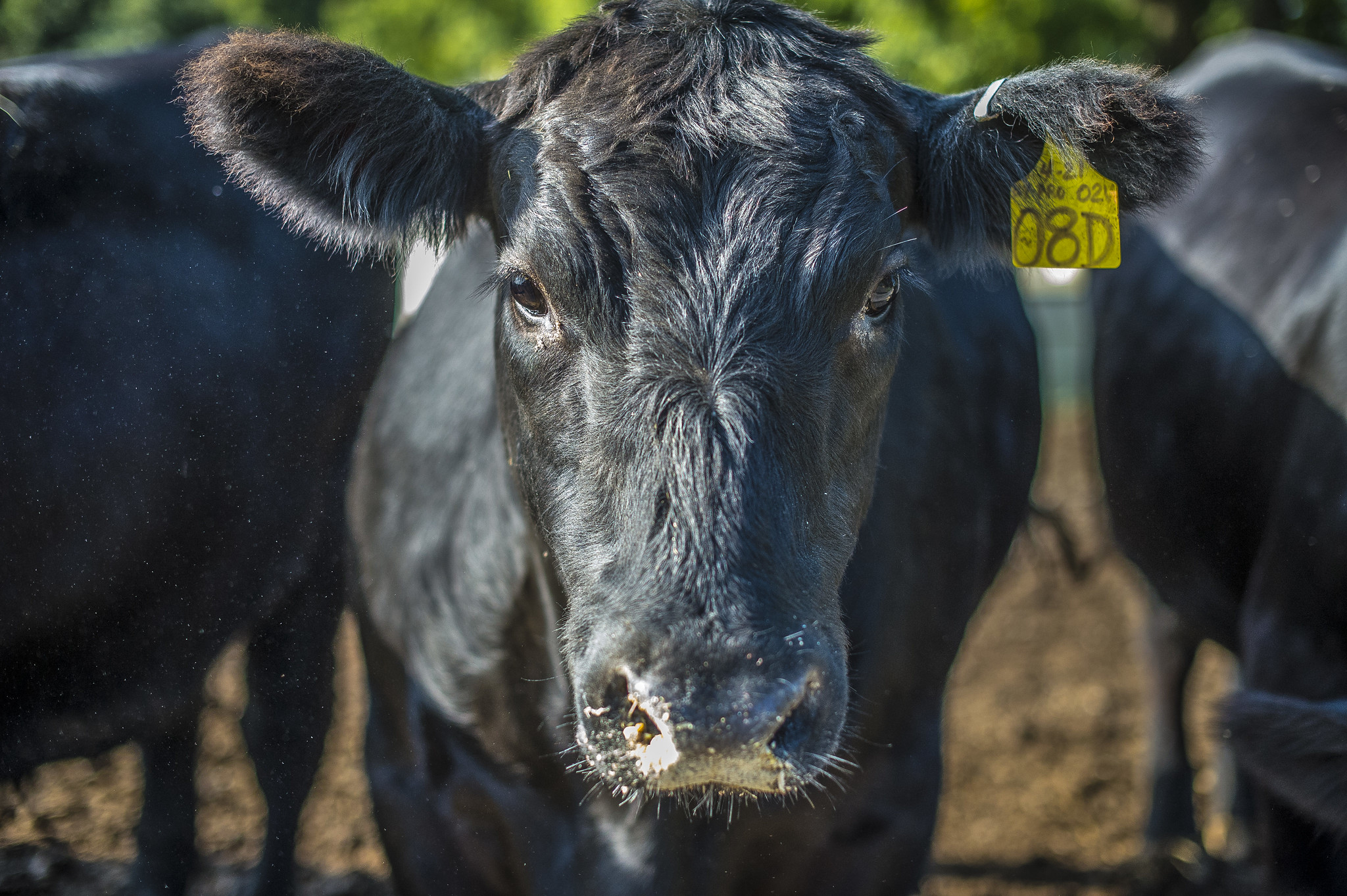
Foot Problems in the Feedlot
While we usually think of foot problems in feedlot calves occurring in conjunction with warm, muddy conditions, wintertime also brings a certain set of conditions that can create lameness in these animals.